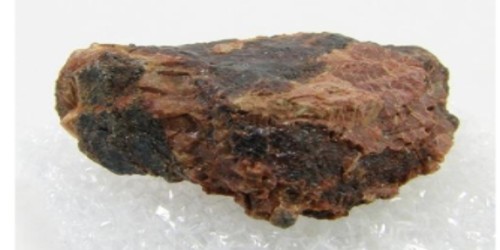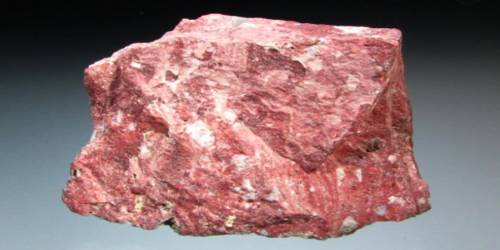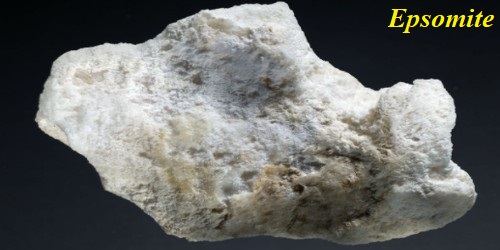Fluorapatite, often with the alternate spelling of fluoroapatite, is a phosphate mineral with the formula Ca5(PO4)3F (calcium fluorophosphate). It is a crystalline mineral, formed from hydroxyapatite in the presence of fluoride, that has a hardening effect on bones and teeth.
Fluorapatite crystallizes in a hexagonal crystal system. It is often combined as a solid solution with hydroxylapatite [Ca5(PO4)3OH or Ca10(PO4)6(OH)2] in biological matrices. Chlorapatite [Ca5(PO)3Cl] is another related structure. Industrially, the mineral is an important source of both phosphoric and hydrofluoric acids.
General Information
- Category: Phosphate mineral (Apatite group)
- Formula: Ca5(PO4)3 F
- Crystal system: Hexagonal
- Crystal class: Dipyramidal (6/m)

Fig: Fluorapatite (phosphate mineral)
Properties
Fluorapatite is a hard crystalline solid. Although samples can have various color (green, brown, blue, yellow, violet, or colorless), the pure mineral is colorless as expected for a material lacking transition metals. Along with hydroxylapatite, it can be a component of tooth enamel.
- Color: Sea-green, violet, purple, blue, pink, yellow, brown, white, colorless, may be zoned
- Crystal habit: Massive to prismatic cyrstaliine
- Cleavage: Indistinct
- Fracture: Brittle to conchoidal
- Mohs scale hardness: 5
- Luster: Vitreous, resinous to dull
- Streak: White
- Diaphaneity: Transparent to opaque
- Specific gravity: 3.1 to 3.2
- Optical properties: Uniaxial (-)
Occurrence
Fluorapatite as a mineral is the most common phosphate mineral. It occurs widely as an accessory mineral in igneous rocks and in calcium-rich metamorphic rocks. It commonly occurs as a detrital or diagenetic mineral in sedimentary rocks and is an essential component of phosphorite ore deposits. It occurs as a residual mineral in lateritic soils.
Association: Diopside, forsterite, scapolite, phlogopite, chondrodite, calcite, magnetite
Fluorapatite is found in the teeth of sharks and other fishes in varying concentrations. It is also present in human teeth that have been exposed to fluoride ions, for example, through water fluoridation or by using fluoride-containing toothpaste. The presence of fluorapatite helps prevent tooth decay or dental caries. Fluoroapatite has a critical pH of 4.5, thus, it makes tooth structure more resistant to additional caries attack.
Information Source:
















